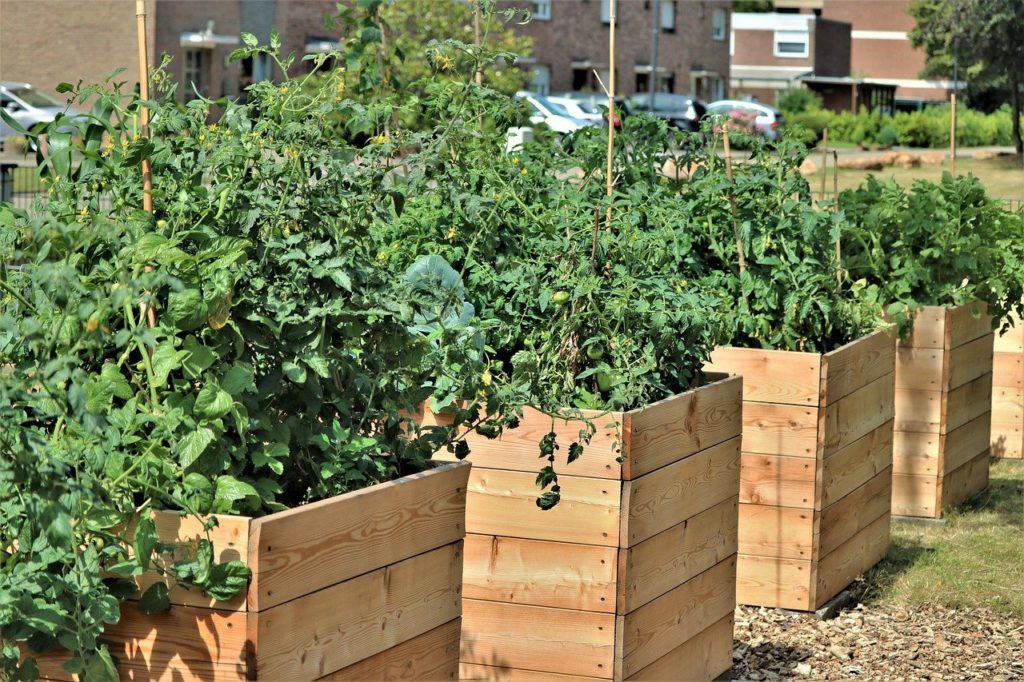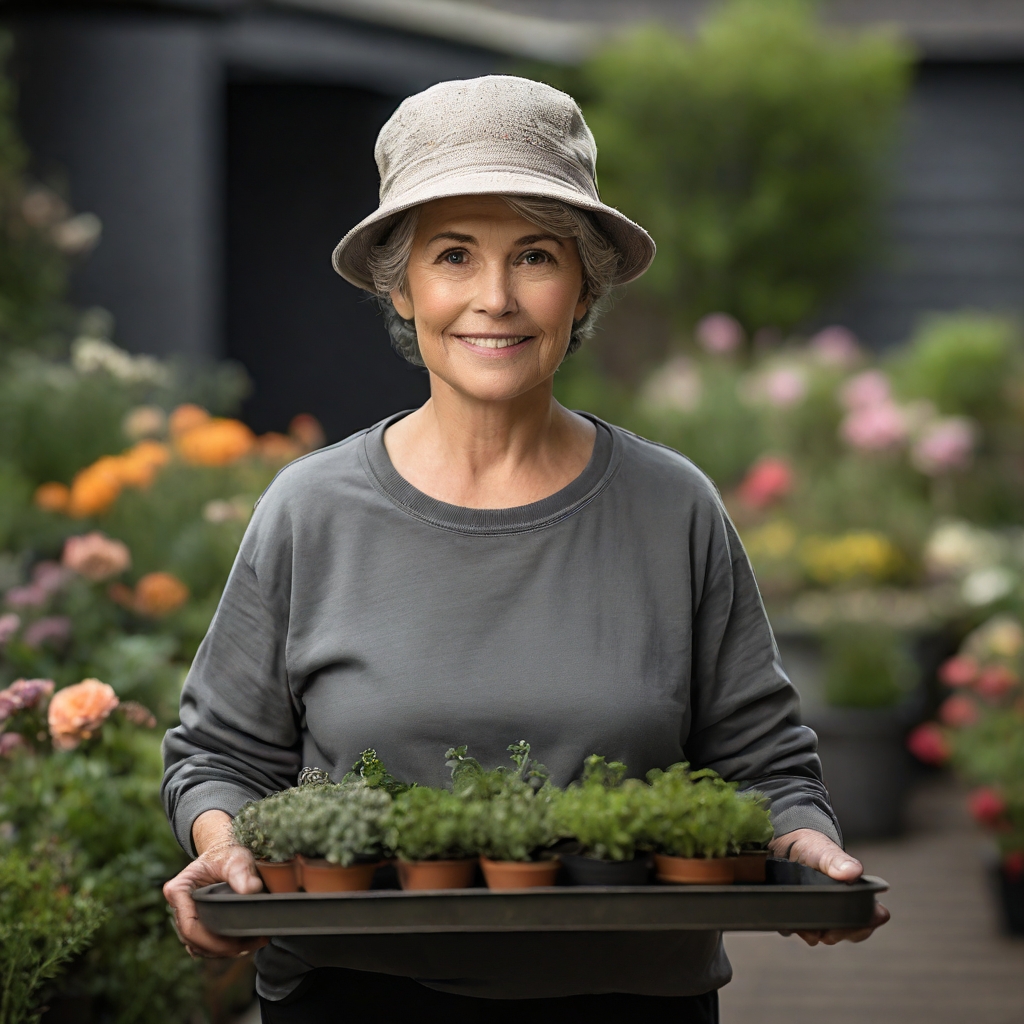
Planting goals that require good water drainage in a yard that does not cooperate well can be frustrating. Some plants can handle the excess water in certain areas that does not drain well, in fact, some plants will bloom more with a moist soil base. Those plants that can’t cope as well, will cause them to die a gruesome death. You should always find out about the drainage required for plants you buy, and make sure that it doesn’t conflict with the areas you are considering planting them in.
Test how much water your designated patch of soil will retain by digging a hole approximately ten inches deep. Fill it with water, and come back after a day or two to check the water level. Fill it back up again. If after the second time the hole is full of water, your soil might have a low saturation point. Meaning that when water soaks into it, it will stick around for a while before dissipating. This can be damaging for almost any plant and leads us to come up with a remedy of some sort.
One method of improving drainage in the garden is to create a raised bed. You will be amazed at how much the water drainage will be improved by this small modification.
Building a raised garden in a non-grassy area, will of course be much easier. Find some sort of border to retain the dirt you will be adding like a few 2×4 boards to create a wall. Afterward, add the proper amount of soil and mix with cow manure or compost.
Install a raised bed where sod already exists, will be slightly more difficult. The grass will need to be cut around the perimeter of the garden, and flip it over. Do this with a very sharp edge to slice the sod and get under it. Once all the sod is turned upside down, it is best to add a layer of straw to discourage the grass from growing back. After the layer of straw, simply add all the soil and compost that a normal garden needs.
Planting the new plants in the new area shouldnít pose many difficulties. Just be sure that the roots don’t extent too far into the original ground level. The whole point of creating the raised bed is to keep the roots out of the soil which saturates easily. Having long roots that extend that far completely destroys the point.
The added soil facilitates better root development. At the same time, evaporation is prevented and decomposition is discouraged. All of these things added together make for an ideal environment for almost any plant to grow in. Adjusting the very topography of any yard resulting in long-term results and is worth every bit of the hard work involved.
Below are a couple of popular books about raised gardening.

